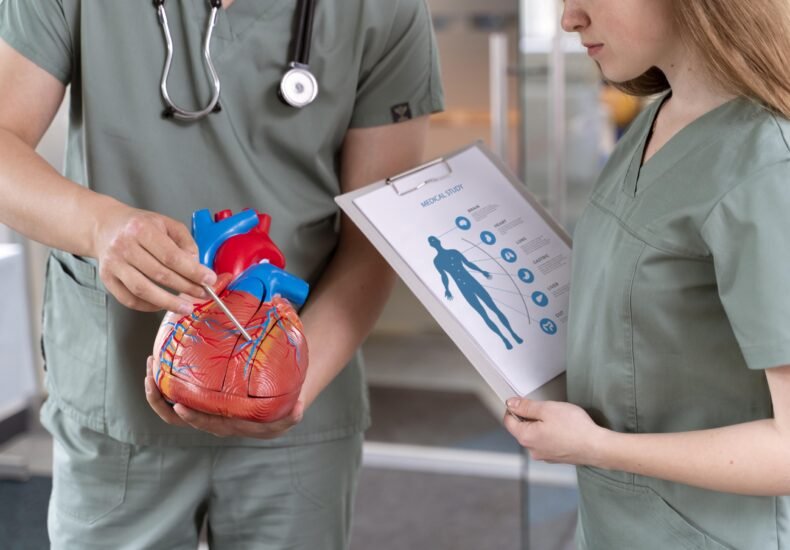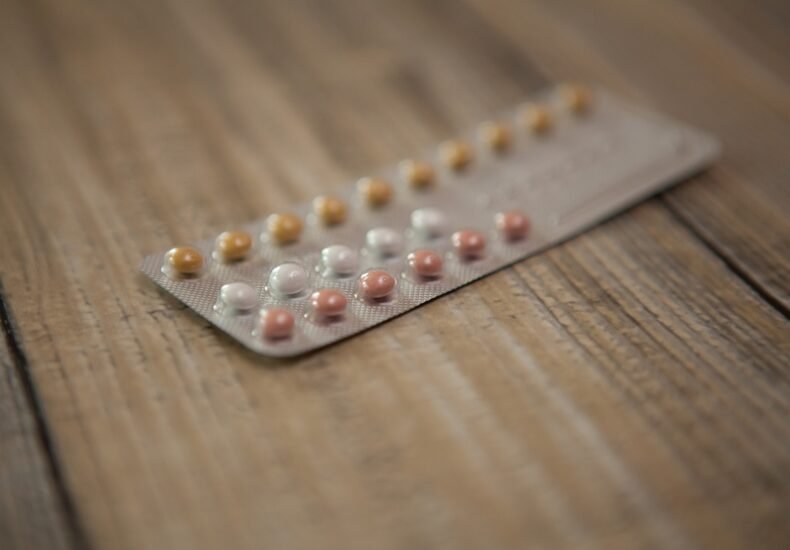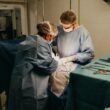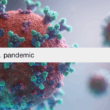
The clinical stage of a disease, as well as its final manifestation, are the focus of tertiary preventive efforts. It is administered to individuals who are experiencing symptoms, and its primary objective is to lessen the severity of the disease as well as any related consequences. Tertiary prevention works to lessen the impact of a disease after it has already taken hold in an individual, as opposed to secondary prevention, which focuses on preventing the disease from manifesting itself. Rehabilitation initiatives that fall under the category of tertiary prevention are prevalent.
Issues of Concern
Several different regulating bodies in the United States offer their advice about prevention. An example of such a governing organization is the United States Preventive Services Task Force (USPSTF), which provides recommendations for primary and secondary preventive methods. The Women’s Preventive Services Initiative (WPSI) develops recommendations that are appropriate for women.
In contrast, the Advisory Committee on Immunization Practices (ACIP) of the Centers for Disease Control and Prevention (CDC) develops recommendations for immunizations. In addition, a number of specialized organizations, such as the American College of Obstetrics and Gynecology (ACOG), the American Cancer Society (ACS), and others, offer their recommendations for preventative measures. Because there is so much information and so many bodies that make recommendations, it can be difficult for healthcare practitioners to stay current on the many endorsements that are being issued.
In addition, despite the fact that regulations govern preventative services and are subject to stringent safety testing, there is still an element of danger involved. In particular, primary and secondary preventive factors are aimed at preventing disease in people who appear to be healthy. When discussing the relative benefits and dangers of several preventive services with patients, it might be difficult to win their agreement.
In conclusion, the cost of preventative care is an issue that is frequently brought up in conversation. Several cost-benefit evaluations relating to the evaluation of preventative services have been conducted, each with a different level of assurance. The high cost of preventive services may keep healthcare systems and patients from using them, even though they often lead to more healthy life years gained over time.
Clinical Significance of Tertiary Prevention
Following is the significance of tertiary prevention of disease:
Improving the Quality of life of patients who are already dealing with the disease
Ensuring the condition of the patient does not deteriorate further
Reducing disease complications
Preventing hospitalization
Reducing healthcare costs
Facilitating rehabilitation and recovery
Empowering patients
Promoting social integration
Examples of Tertiary Prevention of disease
Following are some tertiary prevention examples
Ensuring that diabetic patients have optimum glucose levels through diet, medication, exercise and regular monitoring
In the case of hypertension, continuous monitoring of blood pressure, medication, and exercise
In cases of stroke, improving motor functions, speech, and overall mobility through rehabilitation services is also a tertiary prevention example.
Key Strategies for Tertiary Prevention of Disease
Medical Management and Intervention
Tertiary prevention often involves medical intervention and management. This could be through medications, surgeries, or therapies that are directed toward managing the symptoms and slowing down the progression of the disease.
Rehabilitation
Rehabilitation plays a pivotal role in tertiary prevention. It involves various programs and strategies that help patients regain lost functionalities and improve their capabilities, ensuring that they can live independently and maintain a good quality of life. Rehabilitation after stroke is a tertiary prevention example.
Continuous Monitoring and Management
For effective tertiary prevention, continuous monitoring and management of the disease are crucial. Regular check-ups, consistent medications, and constant evaluation of the disease’s progression are all essential aspects of this strategy.
Patient Education and Support
Educating the patient about their condition and providing them with the necessary support plays a vital role in tertiary prevention. Patients equipped with the right knowledge can manage their symptoms better and make informed decisions about their health.
Frequently Asked Questions
What are the 3 levels of prevention and give an examples of each?
Primary prevention involves taking preventative measures before adverse health impacts become apparent.
Screening to detect illnesses in their earlier stages is an example of secondary prevention.
Tertiary prevention is the management of a disease after it has been diagnosed in order to delay or stop its progression.
What is tertiary prevention of TB?
Tertiary prevention, also known as secondary prevention or curative prevention, refers to the process of treating patients who have already established a disease. Finding and treating people who have active tuberculosis is the final step in the United States' multi-pronged approach to preventing and managing the disease.
What is tertiary prevention of smoking?
Treatments of secondary and tertiary prevention include medical and psychological assistance for the smoker (behavioral and aversion therapy), as well as medical guidance in combination with medications such as nicotine replacement or bupropion. These treatments are used to help smokers quit the habit.
Conclusion
In conclusion, tertiary prevention entails ongoing care with the goal of enhancing the quality of life for those who suffer from chronic illnesses or disabilities. It ensures that individuals can lead a life of dignity, respect, and functionality despite their conditions, allowing them to contribute positively to society. Thus, understanding and implementing tertiary prevention strategies are crucial to disease management and patient well-being.






